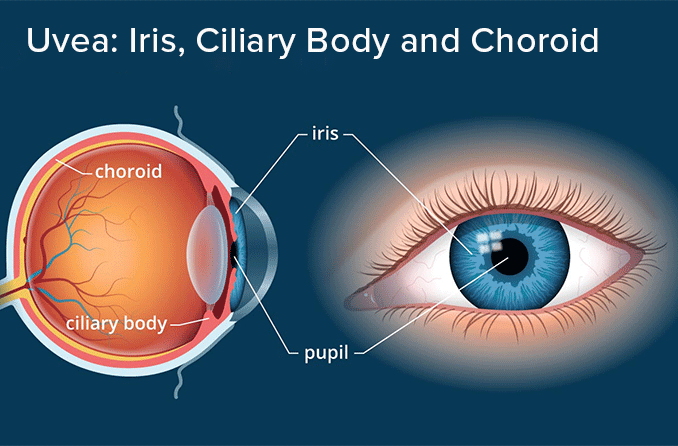

Dutch: regenboogvlies (nl) n, iris (nl) m or f.Basque: please add this translation if you can.Romanian: iris (ro) m, stânjen (ro) m, stânjenel (ro) m.Korean: 붓꽃 (ko) ( butkkot ), 창포 (ko) ( changpo ).German: Iris (de) f, Schwertlilie (de) f.( zoology ) The inner circle of an oscillated color spot.įor the part of the eye, the usual medical plural is irides.įor the flower both iris and irises are in common use.įor quotations using this term, see Citations:iris.( electronics ) A constricted opening in the path inside a waveguide, used to form a resonator.( poetic ) A rainbow, or other colourful refraction of light.( photography, cinematography ) A diaphragm used to regulate the size of a hole, especially as a way of controlling the amount of light reaching a lens.( anatomy ) The contractile membrane perforated by the pupil, which adjusts to control the amount of light reaching the retina, and which forms the colored portion of the eye (See Iris (anatomy) on Wikipedia.However, if the pinguecula turns into a pterygium, surgery may be the best course.Breezes blowing from beds of iris quickened her breath with their perfume she saw the tufted lilacs sway in the wind, and the streamers of mauve-tinted wistaria swinging, all a-glisten with golden bees she saw a crimson cardinal winging through the foliage, and amorous tanagers flashing like scarlet flames athwart the pines. Pingueculae are rarely surgically removed, and are usually treated with eye drops. Otherwise, management with eye drops is often effective. Normally, pterygium surgery will only be undertaken if the pterygium has troublesome symptoms, or is affecting vision. There a number of different treatments for a pterygium or pinguecula. They are also thought to be caused by environmental factors, such as climate, dust and UV light. Just like pterygia, pingueculae generally occur between the ages of 20 and 50. In some cases though, a pinguecula can become a pterygium, involving the cornea. However, a pinguecula cannot grow across the cornea, and therefore will not affect vision. Just like a pterygium, a pinguecula can cause irritation, as well as difficulty wearing contact lenses. A pinguecula will also normally occur in the corner of the eye, near the nose, and can affect one eye or both.

It usually appears as a creamy-coloured or chalky growth on the white of the eye, between the eyelids. It has very similar symptoms to a pterygium. However, a pinguecula occurs only on the conjunctiva (the thin, protective membrane that covers the surface of the eye), and will not grow across the cornea. Pterygia usually occur in people aged 20 to 50, and are more common in men, probably due to an increased likelihood of outdoor work environment.Ī pinguecula (plural pingueculae) is very similar to a pterygium, and the two are often confused. Pterygia are also more common in areas where there is ozone layer depletion, such as New Zealand. Sports people such as sailors, surfers and skiers also have a high incidence because of the high levels of reflected UV light they encounter. The risk is also increased by not wearing sunglasses or a sun hat. People who live in hot, dry, sunny regions and spend a lot of time outdoors have a higher chance of developing a pterygium than others. The main cause is almost certainly lifetime sun exposure - UV light. If the pterygium extends onto the cornea far enough it can cause blurred vision as the curvature of the cornea is altered, and can also obscure vision. They can also make it more difficult or uncomfortable to wear contact lenses.

Symptoms also include dry eyes, irritation, inflammation and redness. Many people with a pterygium feel as if there is something in their eye. They occur between the eyelids, most often in the corner of the eye, close to the nose, and extend onto the cornea. Important information for optometrists returning to workĪ pterygium can usually be seen as a fleshy, pink growth on the white of the eye, and may occur in one eye or both.


 0 kommentar(er)
0 kommentar(er)
